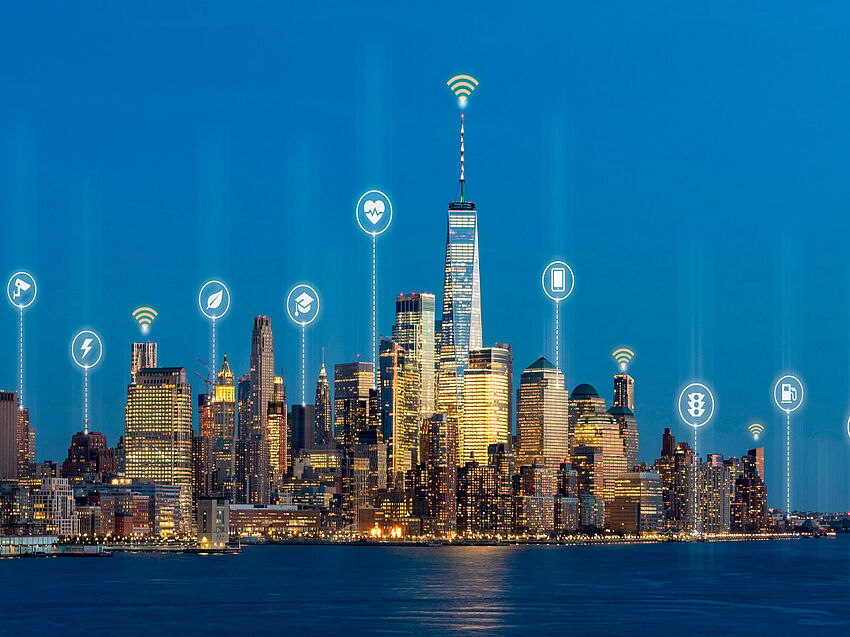New and emerging technologies are increasingly being introduced into construction, such as brick-laying robots and digital glasses. But while these innovations are – for many – confined to industry news, one has become increasingly commonplace on construction sites: the drone, or unmanned aerial vehicle (UAV). In fact, in 2016, reports were published by both Goldman Sachs and McKinsey predicting that construction would be the largest user of UAVs and that they would improve the accuracy and speed of construction. Four years on, how have UAVs developed and how are they being used in construction?
UAV Uses in Construction
The most obvious uses for UAVs in construction are surveying and inspections, allowing larger areas to be surveyed or inspected quickly and more accurately. Accurate point-cloud data surveys are easily collected by drones to create contour maps and 3D digital terrain models of actual site conditions. Gaining access to confined spaces or difficult areas safely is also much easier with a UAV - collecting site information without putting a person at risk is of huge benefit to construction.
An interesting use of UAVs that has developed is using drones to compare the design model to the actual building progress, identifying where the elevation does – and doesn’t – match the design. Using the drone for quality monitoring such as this is faster, safer, and more accurate than using manual survey methods and lets the contractor take corrective action if required.
Construction progress monitoring and planning is also another area where drones are proving invaluable, allowing construction managers to take weekly maps of progress and estimate stockpile volumes so informed ordering decisions can be made. It also provides high-quality documentation of the construction phase that can be interrogated at any time, if needed.
Emerging UAV Technology
UAVs are constantly evolving however, and some models now provide instant connectivity and communication on site, allowing staff at the office to get real-time data and information as and when they need it. The ability to stream video direct from site can provide information for clients and the design team alike while also offering increased security benefits.
Other equipment that can be used on drones includes infrared sensors, which can be used to find underground services, detect where a building is losing heat, or provide extra security on site. Even environmental monitoring can be undertaken by using sensors that can monitor air pressure, moisture, temperature, and wind speed, which may be useful for environmentally sensitive areas or for operations that are weather dependent, like asphalt laying.
UAVs in the Future
Looking ahead, UAVs may be able to be equipped with 3D printing tools, allowing autonomous work to take place on sites. Building small lightweight structures with UAVs has already been trialed, so as UAVs develop and their load-carrying capacity increases, they may be able to replace cranes and build large structures. If drones are able to carry larger loads, then they may well be able to deliver or transport construction materials to or around the job site.
Another future use for UAVs is undertaking structural or asphalt repairs as part of routine monitoring. Other maintenance activities, such as roof inspections, gutter cleaning, or street light bulb changing could also be the work of drones instead of operatives working at height. Undertaking maintenance activities could be done while under control of a user, through a programmed routine, or even autonomously using machine learning and AI. As their uses continue to evolve, UAVs may well be the first robots to routinely appear on construction sites – only time will tell how much this technology will change the way we design and build.




